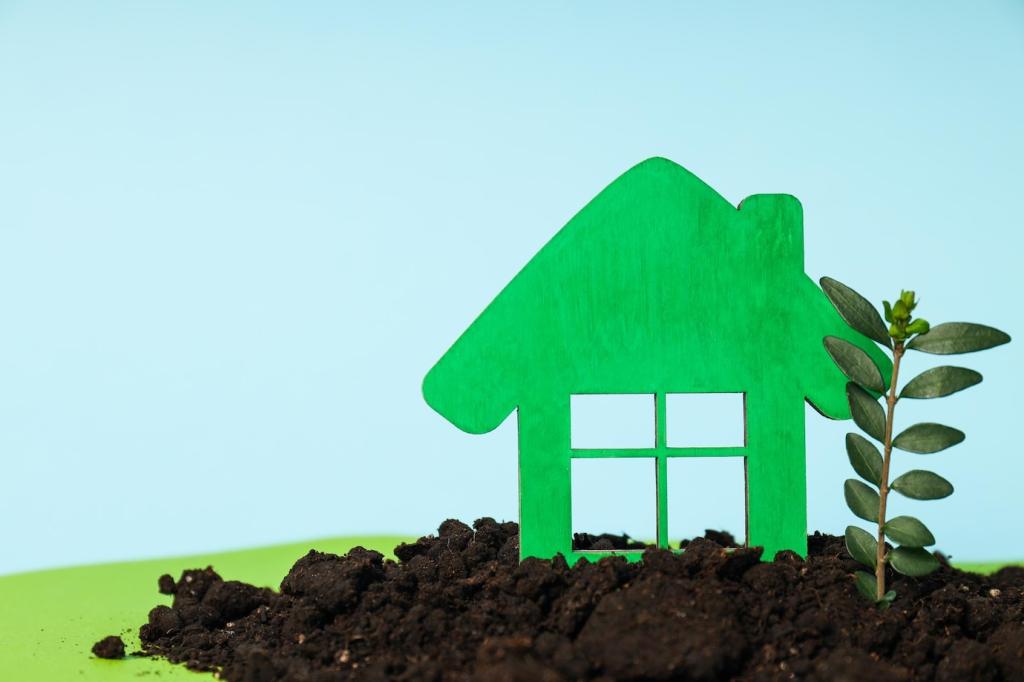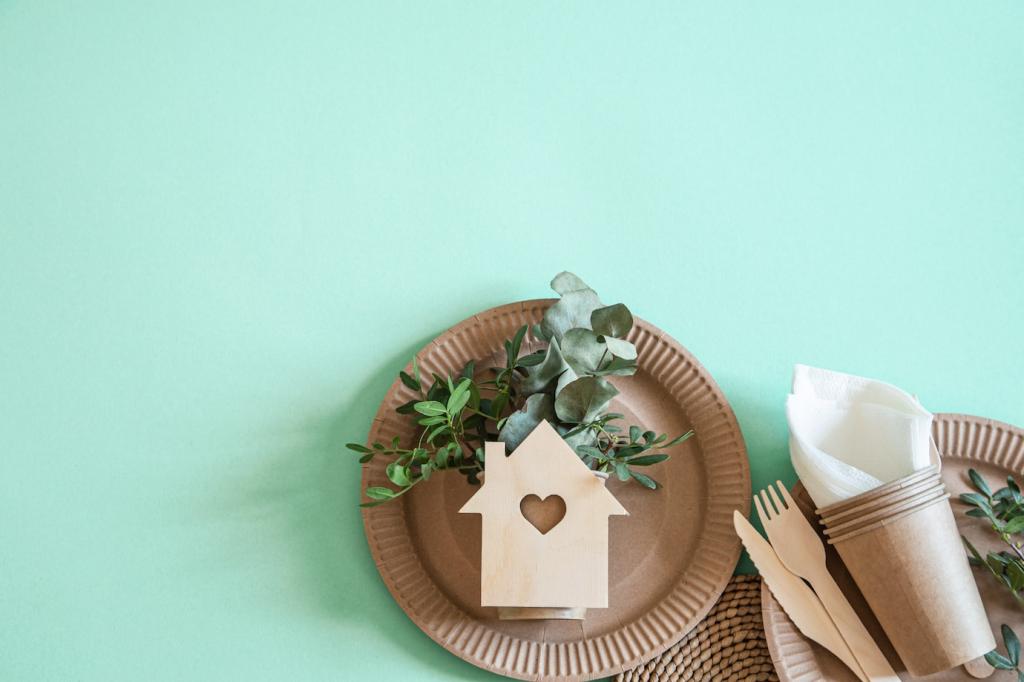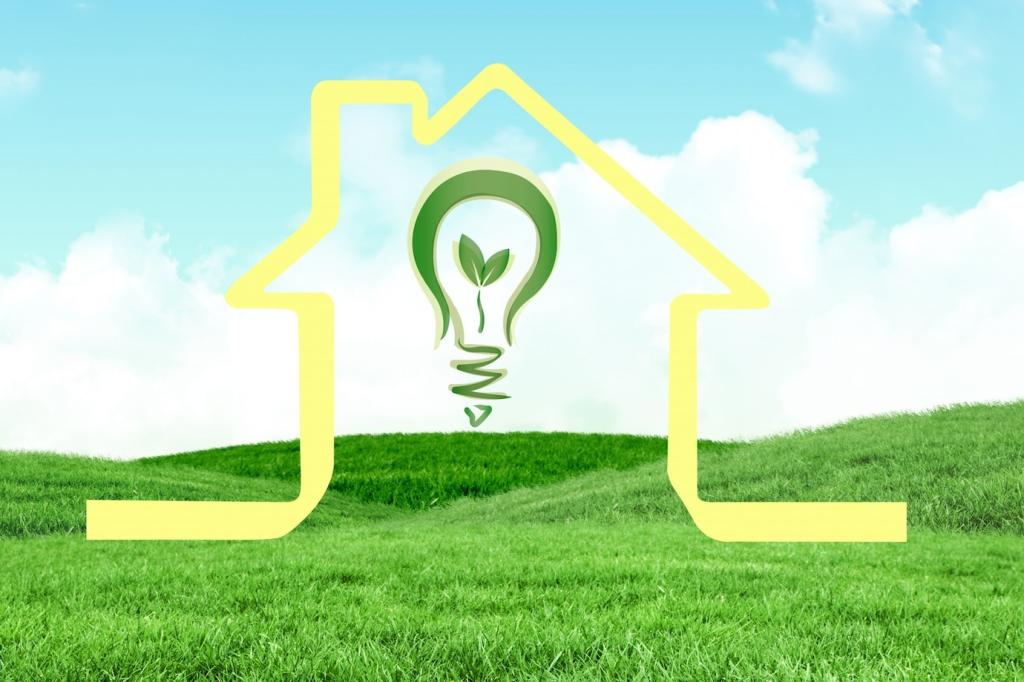Sustainable Materials for Eco-Friendly Home Renovation
Understanding Sustainable Home Renovation
Defining the Concept of Sustainability
Sustainability in renovation refers to using resources in a way that meets current needs without compromising the ability of future generations to meet theirs. This involves sourcing materials that regenerate quickly, generate minimal waste, and promote energy efficiency. Sustainable renovations aim to reduce resource depletion and environmental impacts through mindful design, material selection, and construction practices.
The Environmental Impact of Traditional Materials
Traditional building materials often rely on resource-intensive extraction, production, and transportation processes. This not only leads to habitat destruction and significant carbon emissions but also contributes to the depletion of finite resources like old-growth forests and non-renewable minerals. Recognizing these negative impacts is crucial when considering alternatives that are more environmentally responsible and less taxing on the planet.
Benefits of Eco-Friendly Renovation Choices
Opting for eco-friendly renovation materials brings numerous advantages, ranging from improved indoor air quality to lower energy consumption and costs. These materials are often produced with non-toxic chemicals, making them safer for families and pets. Furthermore, they can reduce the long-term environmental burden and increase the overall value and appeal of any renovated space.
Previous
Next

Bamboo flooring is celebrated for its rapid renewability, as this grass matures within a few years and regenerates after harvesting. Its cultivation requires minimal pesticides and water, making it one of the most eco-friendly choices for flooring. Modern manufacturing processes also ensure bamboo floors are strong, stylish, and available in a variety of finishes to suit any interior design.

Cork flooring is another sustainable superstar, harvested from the bark of cork oak trees without damaging the trunk, allowing continuous growth and repeated harvesting. Cork is naturally hypoallergenic, resistant to mold, and provides a cushioned, quiet surface underfoot. Its insulating properties help maintain indoor temperature, reducing energy demand and increasing comfort.

Reclaimed wood flooring offers both environmental and aesthetic advantages. Sourced from old buildings, barns, or industrial sites, it reduces the need for new lumber and curbs deforestation. Each plank carries its own unique history, often displaying rich patinas and wear patterns, making it a desirable choice for eco-conscious homeowners who appreciate one-of-a-kind charm in their homes.
Eco-Friendly Wall Finishes
Low- and zero-VOC (volatile organic compound) paints have become increasingly popular for eco-conscious renovations. VOCs contribute to indoor air pollution and can exacerbate respiratory conditions. Choosing paints with minimal emissions helps maintain clean, safe air within the home, supports healthier living, and often comes in a broad range of vibrant, enduring shades.
Clay and lime plasters are traditional wall finishes undergoing a modern revival for their sustainability credentials. Produced with natural materials, they are breathable, mold-resistant, and help regulate humidity. Their mineral composition adds warmth and texture to interiors, offering a timeless, artisan look that’s both environmentally and aesthetically appealing.
Wallpapers made from recycled fibers or utilizing water-based inks provide decorative opportunities without the environmental burden of virgin materials. Many producers ensure their wallpapers are biodegradable or can be recycled further, reducing landfill contribution. This approach allows homeowners to personalize spaces while aligning with their commitment to responsible material use.

Insulation Materials with a Conscience
Sheep’s Wool Insulation
Sheep’s wool is a natural insulator that rivals synthetic counterparts in thermal regulation and sound absorption. Naturally fire-resistant and moisture-regulating, wool insulation is biodegradable and produced with minimal processing, reducing overall environmental impact. Its capacity to absorb and neutralize indoor air pollutants adds health benefits alongside energy savings.
Cellulose Made from Recycled Paper
Cellulose insulation, produced primarily from recycled newspaper and plant-based additives, offers robust fire resistance and excellent insulating values. Its widespread use diverts substantial amounts of waste from landfills and relies on less energy for production than traditional fiberglass options. The environmental and cost advantages make cellulose a favorite for sustainable retrofits.
Cotton and Denim Insulation
Old cotton and denim textiles find new leases on life as insulation materials, diverting waste from landfills and providing effective thermal performance. Treated with safe, non-toxic agents for fire resistance, cotton insulation is soft, easy to install, and free of irritants. It’s a solution that embodies the circular economy, extending product lifecycles and reducing raw material demand.
Previous
Next
Green Options for Countertops
Recycled glass countertops blend post-consumer glass fragments with resins or concrete, creating striking surfaces that are both durable and eye-catching. Every slab repurposes glass that would otherwise fill landfills, and the range of colors and patterns provides creative flexibility. These countertops are non-porous, stain-resistant, and a clear testament to sustainable design.
Energy-Efficient Windows and Doors
01
Modern double and triple glazed windows use layers of glass with insulating gas fills, drastically reducing heat transfer and improving soundproofing. This technology increases energy efficiency by maintaining interior temperatures, reducing reliance on heating and air conditioning, and subsequently lowering utility bills. Their extended lifespan contributes further to resource conservation.
02
Window and door frames made from recycled aluminum or composite materials utilize significantly less energy in production compared to virgin metals. These frames are strong, low-maintenance, and fully recyclable at end-of-life. Their resistance to rot, warping, and corrosion makes them ideal for long-term, sustainable usage in a variety of climates.
03
Locally sourced or FSC-certified wooden window and door frames blend traditional aesthetics with environmental responsibility. Wood acts as a natural insulator and, when harvested and processed sustainably, offers a renewable alternative to plastic or metal. Ongoing care and responsible sourcing ensure that these features endure without compromising forests or communities.
Water-Wise Fixtures and Fittings
Innovative low-flow showerheads and faucets employ air-mixing technologies and efficient design to maintain water pressure while drastically reducing consumption. These fittings help conserve thousands of gallons of water annually without sacrificing user comfort. They are an easily implemented upgrade that supports both sustainability goals and household utility savings.

